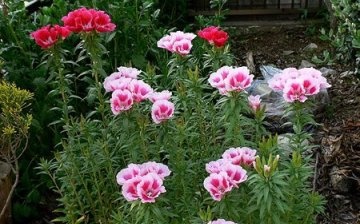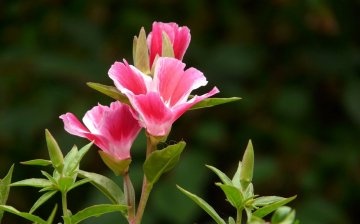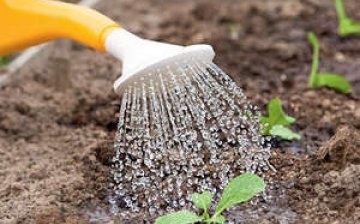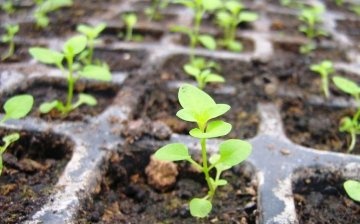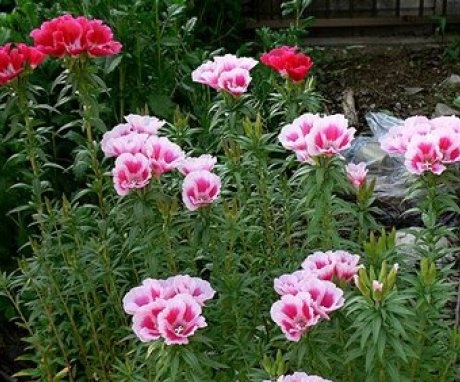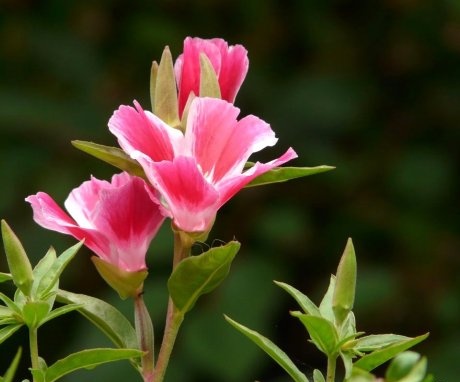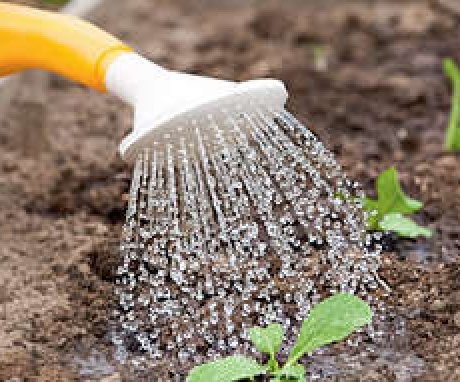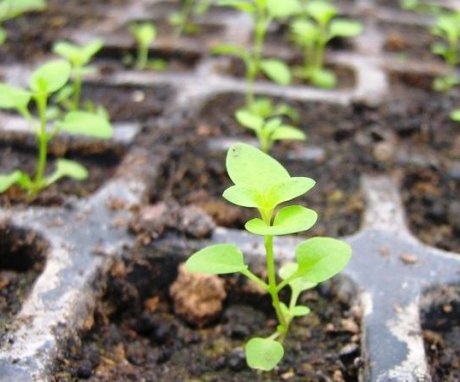Godetia: growing in the garden, methods of reproduction
Godetia is a truly amazing flower loved by many gardeners. She is beautiful and truly graceful, unpretentious and hardy. Such a plant will be an ideal solution for a flower bed or flower garden; godetia is also sometimes grown indoors. It is widespread for its delicate magnificent buds of pink, red, lilac. If you are looking for a beautiful and undemanding flower, godetia is the best choice: growing it does not require effort, and the result will be simply wonderful.
Content:
Origin and appearance
Today there are more 20 types of godetia, which differ in the shape of the leaves, the size and color of the buds.
The homeland of this flower is considered to be North and Latin America, from where it was brought to the Old World for a long time. This is a small annual plant, the height of the stem can be from 20 to 60 cm. The herbaceous annual has a narrow pyramidal shape, the leaves are lanceolate, they are located on the stem alternately.
The main plus of godetia, to which it owes its wide distribution, is large cupped or bell-shaped flowers, the diameter of one bud can be from 3 to 10 cm.
Flowers can be double and simple, this plant is characterized by a wide range of color of the buds. They can be not only pink or red, but also orange, white, carmine, salmon, etc. On one stem there are many buds that form a lush rosette.
The most common in our latitudes turned out to be two species, and both species include several dozen varieties:
- The godetia is lovely.
- Large-flowered godetia.
Of these, the most popular was "Monarch" - a variety with low stems no more than 20 cm long, pink-red two-color buds somewhat resemble large bells in shape. Godetia can bloom for several months in a row, so it is often used to decorate squares, parks, territories of various institutions.
Another variety large-flowered godetia - azalea plants with an original shape of buds and delicate colors that go well with other plants in the flowerbed. By growing a few bushes, you can create a wonderful flower bed that will be easy to care for thanks to its frost resistance and tolerance for dry periods.
Growing godetia: basic principles
This plant can withstand frosts in soil up to three degrees, so it feels great after planting in open ground in spring. However, to get a beautiful lush bloom, you need to follow several principles.
What a godetia needs to grow successfully:
- Shine. This plant prefers well-lit areas and is not afraid of sunlight. Lack of light, on the other hand, will lead to the fact that the stems are long and thin, and the flowers are small. In extreme cases, you can choose a place for the flower bed in partial shade.
- Loamy soil with an average density, Godetia does not like sandy soils, and in this case, she will need constant feeding.On depleted soils, it grows poorly; a large amount of fertilizer will be required.
- Regular, but not over-watering as the soil dries up. The plant does not like excessive moisture, so watering should be done sparingly, but the ground should not be too dry.
- Periodic maintenance of the condition of the bushes. It is necessary to remove dead inflorescences to make room for new buds. There is another common problem: godetia is often affected by leaf-eating pests, so the bushes will have to be periodically treated from insects.
- Organic fertilizers... As a top dressing, manure or bird droppings are used in proportions of 1:10 and 1:15, respectively. Usually, top dressing is applied at the beginning of the season to ensure rapid growth and early budding of the bushes. During the growth period, you can additionally apply mineral fertilizers.
Following simple rules will allow you to create lush flower beds with gorgeous flowers for the whole summer.
Godetia is not afraid of a sudden storm, the plant calmly tolerates even a rather sharp cold snap. In the most intense heat, the bushes can be shaded, although this is not always necessary. A plant that is undemanding to growth conditions will delight you with lush flowering from July to the first frost.
Growing from seeds
This is the most common and simplest method used by many gardeners.
In areas with a warm climate and mild winters, plants can be planted at the very end of autumn, before winter - this will allow you to get stronger and more hardy shoots in the spring, if severe frosts do not begin. In the middle lane spring planting begins at the very end of April.
Sequencing:
- The soil must be dug up, thoroughly loosened and slightly moistened.
- Humus must be added to the soil in an amount of 5 kg per square meter of area.
- Shallow grooves are made in the flowerbed, the distance between which should be about 25 cm, so that the plants have enough space.
- Seeds are placed in the grooves. They are quite small, so they cannot be heavily covered with soil.
- The soil needs to be watered regularly, and after 2 weeks the first shoots will begin to appear. It is not recommended to use cold water for irrigation, as it is less well absorbed by plants. Ideal for irrigation is settled water at room temperature.
In the future, it is necessary to care for the seedlings in the same way as for any ornamental plants. Weeds are periodically removed from the flower bed, liquid dressings are applied every two weeks in the form of an aqueous solution. By early July, the plant will form a solid carpet on which bright buds will begin to appear. It usually takes at least 60 days from sowing to first flowering.
Growing with seedlings
This is a less common option used by those looking for early bloom.
In March or at the very beginning of April, you need to prepare pots or boxes with nutrient soil:
- Seeds are planted in them shallowly, the distance between plantings can be small, since the plants will still have to be transplanted.
- After 14 days, seedlings will appear, and they will need to be transplanted into open ground after the appearance of the second true leaves.
- Godetia does not tolerate transplanting quite well, so you need to be careful.
- The plant is carefully removed from the pot along with an earthen lump and placed in a recess in the flower bed.
- After that, the roots of the young plant are sprinkled with earth and moistened.
When growing indoors, it is recommended not to pick at all. In this case, it is easier to immediately plant 2-3 plants in one pot, and then just leave the strongest of them. Very soon, the root system will take up the left volume, and the plant will give its first buds in due time.
Godetia is a real decoration for the garden: bright beautiful buds of different shades form a lush carpet that attracts the eye from afar. Planting and growing it on site is not difficult, and you won't regret the effort.
More information can be found in the video.




